#petroglyph animals
Text
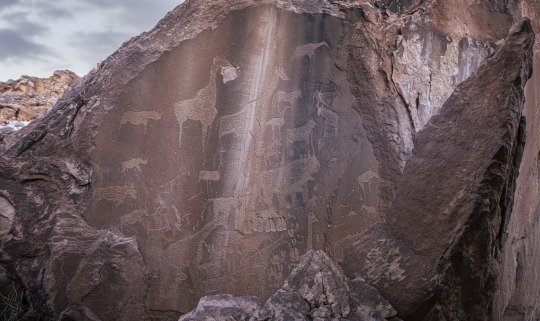
#petroglyphs#ancient#africa#african#african culture#writing#petroglyph#aboriginal artist#aboriginal#stone writing#carving#stone carving#animals#petroglyph animals#petroglyph writing#african animals#stone art#giraffe#travel#namibia#namibian#rhinoceros#impala#oryx#ostrich#travel blog#zebra#ancient writing#landscape
10 notes
·
View notes
Text
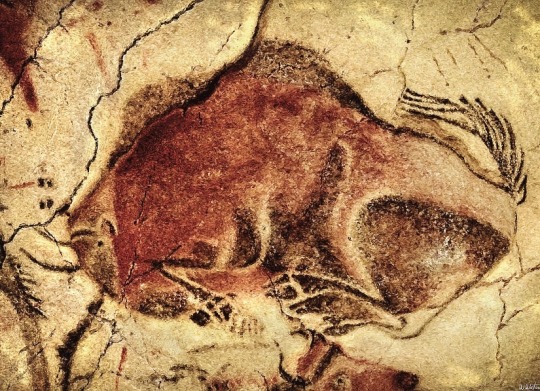

Bison From Cave Of Altamira, Santander, Spain, ca. 10,000 B.C, with artist’s interpretation.
#cave paintings#cave art#bison#paleolithic#petroglyphs#wild animals#animals in art#art history#aesthetictumblr#tumblraesthetic#tumblrpic#tumblrpictures#tumblr art#tumblrstyle#artists on tumblr#tumblrposts#early humans#altamira#spain#national treasure
5K notes
·
View notes
Photo
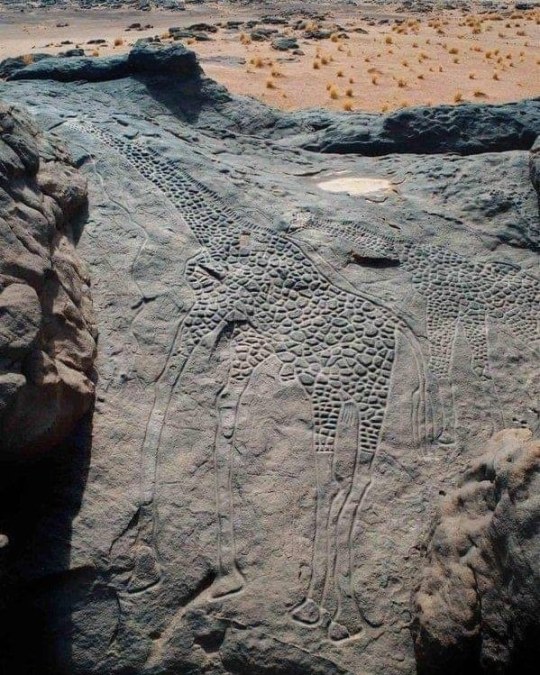
Dabous Giraffes, dated 8000 BC, Dabous, Aïr Mountains, Niger,
Two of the biggest animal rock Neolithic petroglyphs in the world!
The carvings are 6 metres (20 ft) in height and consist of two giraffes carved into the Dabous Rock with a great amount of detail. One of the giraffes is male, while the other, smaller, is female.
Credit: historydefined
#art#design#animals#dabous#giraffe#niger#africa#petroglyphs#neolithic#air mountains#rock#carved#style#history
1K notes
·
View notes
Text

glory, fire, anointing, a fellow traveler, a wandering earth
in and among other wants and wishes, i currently have unrequited hankerings for jokbal, a french seventy-five, a roadtrip to the house on the rock, a porch with a view farther than i can walk in a day

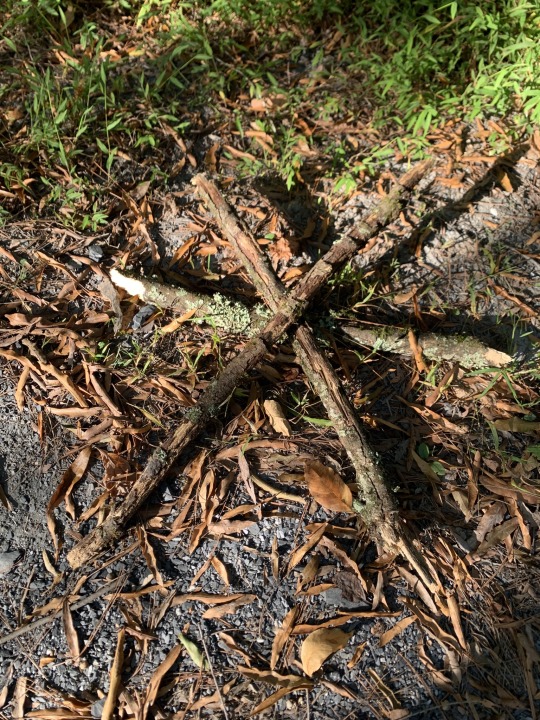
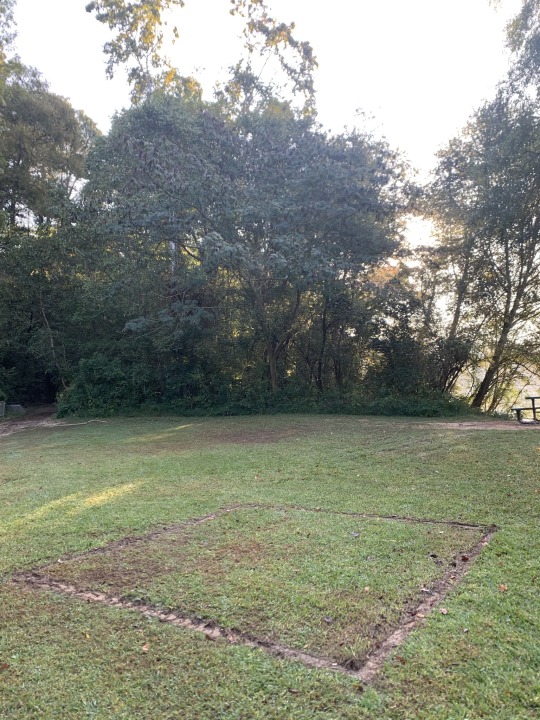
#knucklebones#sleestaks#a thousand and one true names but only eleven remain#oogy babo boogy yaga#sleeping in boats#a junkyard fool with eyes of gloom#green man's grimace#quantum animism#perkele#petroglyphs#second blue moon epoch#first autumn
26 notes
·
View notes
Photo

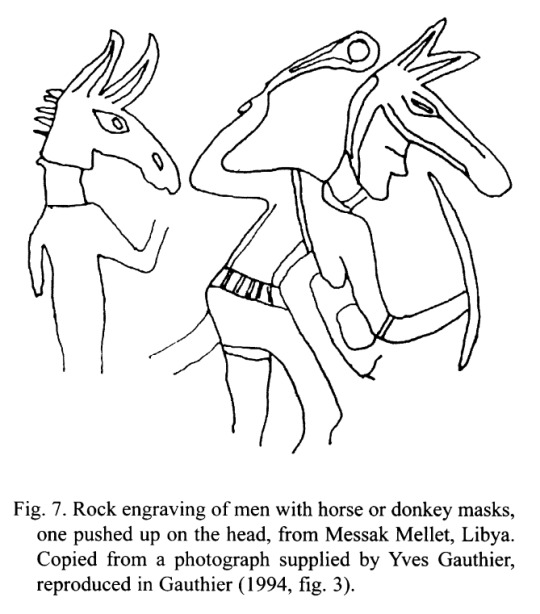


A feature of many groups like the San that include shamans is the wearing of the heads and skins of animals with which these people have a ritual relationship and on whose powers they draw. Animal or bird caps and/or masks and/or costumes are, or were, worn in a range of societies by ritual functionaries whose role is, or was, to mediate between the living and the spirit world, including the realm of the dead.
Animal masks and costumes covering the head and/or body of the wearer include masks made from the entire heads of donkeys (Fig. 7). Other costumes were made from the skin and head of a jaguar, with gloves made from their paws, so that the costumed person assumes the form of the animal (Saunders 1989) (Fig. 8). The ritual dress of Siberian shamans included masks with horns (Hoppall 1992), masks made of bears' heads with skin attached (Eliade 1964), wings hung from the shaman's shoulders (Eliade 1964; Waite 1966; Hoppall 1992), and a bird, such as a raven or eagle, on the head (Waite 1966; Hoppal 1992).
Bogoras (1909) relates a Koryak myth in which a woman transforms herself into a bear by putting on a bear-skin and describes the metamorphosis of trancing Chukchee shamans into animals, aided, in some cases, by their wearing the skin (including head and claws) of the animal concerned. The wild and uncontrolled behaviour of the shamans described by Bogoras (1909) is similar in many respects to that exhibited by San trancers, which suggests that the Chukchee described here went into trance with the aid of animal masks and dress:
“The shamans also imitate the voices of animals and birds, stamp ground with their feet, and jump about violently, foaming at the mouth, and even breaking such things as may come within reach of their hands. A shaman whose body is entered by a (spirit) loses the faculty of human speech, and may express his wishes either by gestures or by gibbering, unintelligible noises. He crawls on all fours, grunting and gnashing his teeth. I was told several times that some of the shamans even put on a bear or a wolf skin, taken off with the claws and the skull.”
(Bogoras1909:442)
Therianthropes in San Rock Art by Pieter Jolly
#shamanism#shaman#anthropology#archaeology#petroglyphs#san people#rock art#masks#ritual#transformation#therianthropes#therianthrope#zoomorphism#trance#animals#south africa#hunter gatherers#animal costumes
83 notes
·
View notes
Text
More for #NationalAardvarkWeek:
#DYK aardvarks are endemic to sub-Saharan Africa? They've been found in rock art from a number of sites across their native range.

Aardvark petroglyph on display at the National Museum of Cultural History in Pretoria, South Africa.
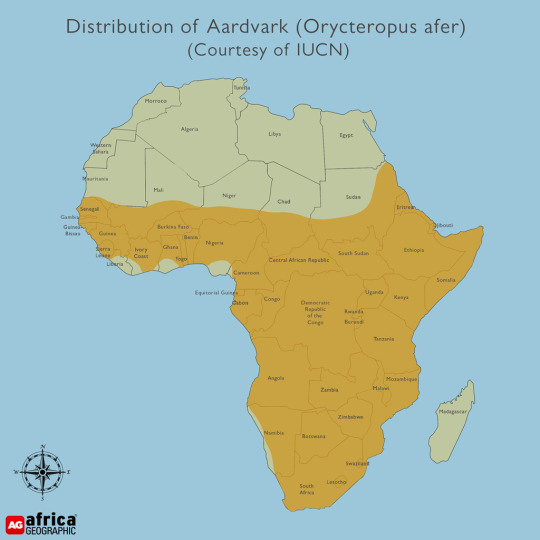
#AardvarksAareAawesome
#aardvark#rock art#petroglyph#prehistoric art#African art#African animals#African wildlife#South African art#National Museum of Cultural History Pretoria#National Aardvark Week#Aardvarks Aare Aawesome#Africa map#animals in art
30 notes
·
View notes
Text
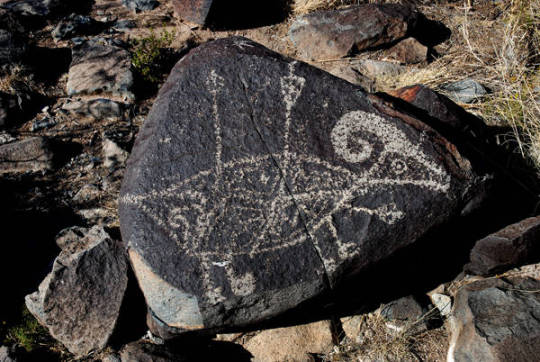
Animal Petroglyph
Petroglyph, Three Rivers Site, Mogollon, Bureau of Land Management, Otero County
Petroglyph of sheep with struck with arrows. Three Rivers Petroglyph Site was occupied by Mogollon people between 900AD to 1400AD. Now maintained by the Bureau of Land Management, Otero County, NM.
Hubbard Museum of the American West
New Mexico's Digital Collections
#petroglyphs#animal petroglyphs#sheep#mogollon#three rivers site#bureau of land management#hubbard museum of the american west#new mexico's digital collections
4 notes
·
View notes
Text
Sorry for being a hater but it's frustrating when I see the very rare cave art themed media and I have to grit my teeth because it's just a bunch of cave art and petroglyph from across the world in wildly different time periods thrown together when they aren't even remotely stylistically similar...
#like the thing the i keep seeing is the one of the lascaux horse Running anim#except the art around it is stuff i dont event recognize but they look like they might be#either bronze age europe petroglyphs or like. american petroglyphs#which like.. why couldnt you just. do stuff from lascaux#or at least from other upper paleolithic europe sites#and ofc this is just me being a pain but. yknow
14 notes
·
View notes
Text
nothing beats infodumping about cave paintings to your boyfriend and finding that his favorite animal has a rich history in them :D
1 note
·
View note
Text
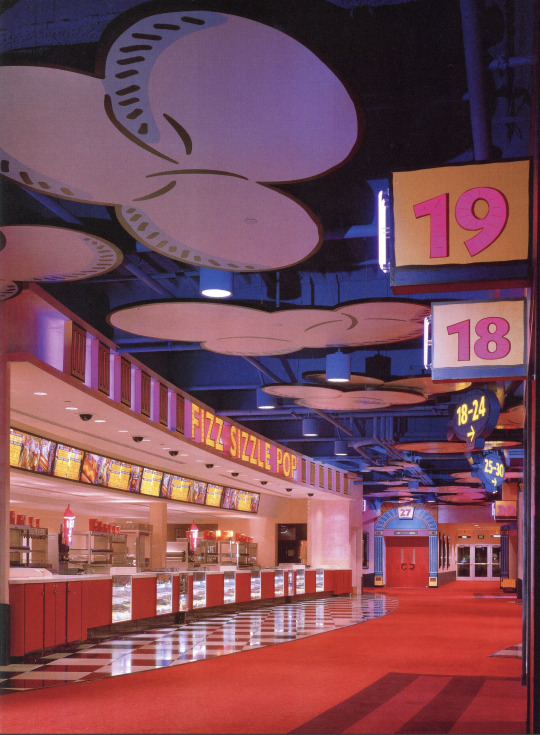

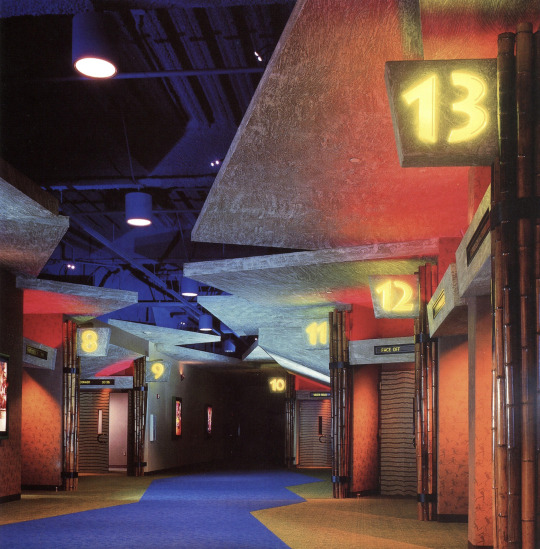



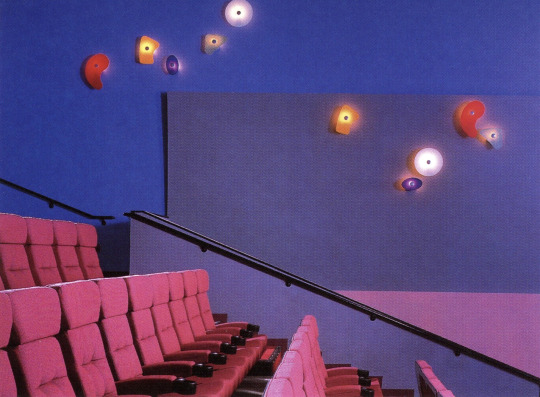

AMC Studio 30 Theatre - Houston, TX (1997)
"What the design attempts to do in the 110,000 sq. ft. space is simulate a movie studio backlot and the soundstage where guests become part of the action, and the experience "rekindles the magic and memory of movie going."
Elements from sound stages and studio road cases make up the central lobby space along with a guest service desk. Images of Hollywood's glamorous stars of the past add enchantment to the balcony walls. The space is divided into three themed areas that "transport guests into fantastic worlds of Animation, Action/Adventure and Cyberspace." The food concession stands within each area carries through the theme; "Fizz, Sizzle, Pop"; Wildebeest Feast"; and "Quantum Bits." The 30 auditoria are located off the soundstage lobby and within the various themed areas.
The architecture seems to come alive in the Animation area. The space is designed to resemble an animation cel: "flat, two-dimensional, cartoon-like graphics are outlined with black lines, filled with color and applied on an exaggerated scale." The Fizz, Sizzle, Pop concession's identity and blimp directional signs seem to float in a blue sky with flat, cut-out clouds. The setting for Action/ Adventure recalls a rainforest with heavy hanging leaves, bamboo and rock "carved" directional signs. The custom wall covering features petroglyphs of cave people carrying popcorn, megaphones and movie cameras. The fiber optic eyes peering from behind the leaves in the Wildebeest Feast stand change color. They also appear above rock outcroppings down the corridor. Patrons are invited to explore an abstract, futuristic world in Cyberspace where the floor and ceiling are the same color and brushed aluminum columns rise partway to the ceiling. To create the illusion of "endless space." custom light fixtures project beams of light along the walls and backlit graphic images have neon edges. Various colored lights and a high-tech fluorescent green/orange acrylic sign help to define the Quantum Bits concession area in Cyberspace."
Designed by Kiku Obata & Co.
Scanned from the book, Entertainment Destinations by Martin Pegler (2000)
#design#90s#interior design#interiors#architecture#1990s#colorful#movie theater#houston#texas#themed spaces#multiplex#pop art#y2k#factory pomo#rainforest#cyber#cartoon#wacky pomo
724 notes
·
View notes
Photo

Petroglyphs, 2015, Esty Pinto
0 notes
Text

Located in the Air Massif of Niger are two of the largest animal rock petroglyphs in the world. Known as the Dabous Giraffes they have been dated to about 8,000BCE. While the artist will forever remain unknown, this area of Niger has over 900 similar carvings of animals and humans. The period of these glyphs (12,000-7,000BCE) was known as the Neolithic Subpluvial, a time when the Sahara was a much wetter savannah that stretched thousands of miles and could sustain animal and human life. The giraffes are carved into a sandstone outcrop and depict a large male and smaller female. Shifting desert sands possibly covered the glyphs for millennia before they were discovered in 1987.
3K notes
·
View notes
Text
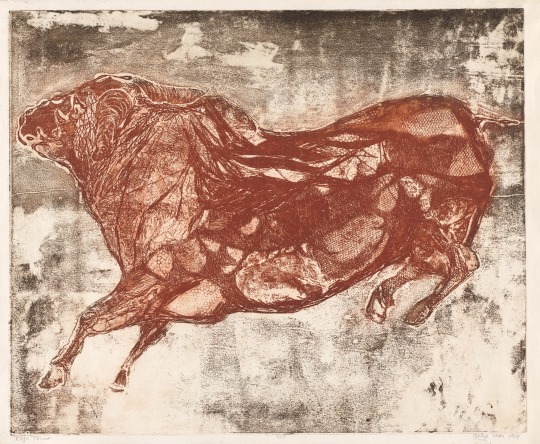
Betye Saar, Rojo Toro, 1964
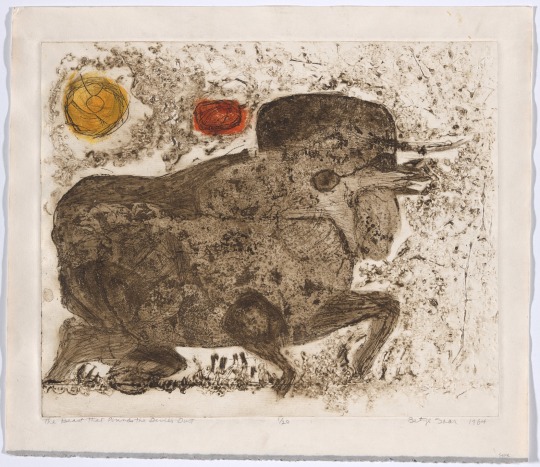
Betye Saar, The Beast that Pounds the Devil's Dust, 1964
#betye saar#modern art#american art#contemporary art#black artist#african american artists#african american art history#african american art#american painting#american painter#red bull#fantastic beasts#the devil#saar#animals#animals in art#animal art#petroglyphs
2K notes
·
View notes
Text
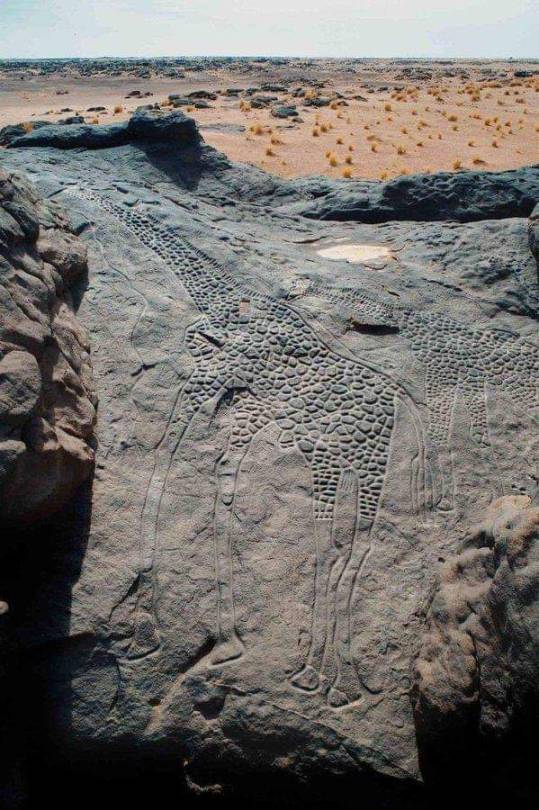
Located in Air Massif, Niger are two of the biggest animal rock petroglyphs in the world, called the Dabous Giraffes, dated 8000 BC.
Credit: @historydefined
3K notes
·
View notes
Text

The "fighting cats" petroglyph at Wadi Mathendous in Libya. These cats, standing on their hind legs and facing each other as if they're ready to strike, are some of the many animals -- giraffes, crocodiles, and elephants -- depicted in the area's rock carvings. These carvings date back as many as 10,000 years, when the Sahara region was a lush wetland.
{WHF} {Ko-Fi} {Medium}
970 notes
·
View notes
Text

i just love this fantastic creature, with this kitty tail and boar face <3

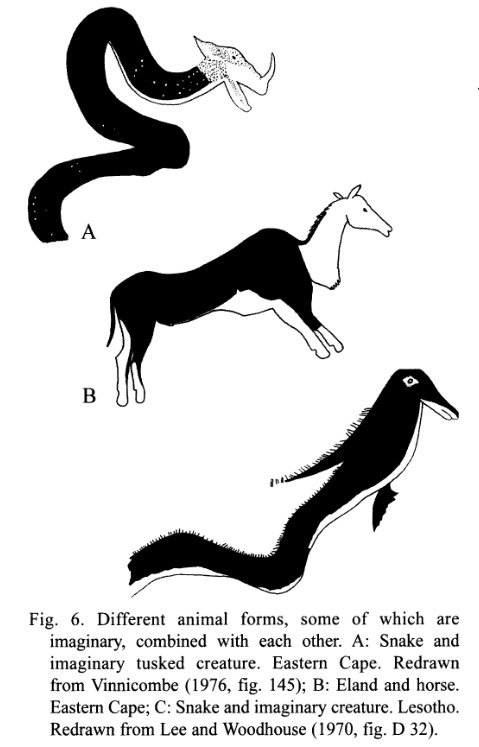
“Hybrids with a combination of human features and those of more than one kind of animal probably signify the fusion of a human with an imaginary, hallucinatory creature that combined the features of more than one species of animal. It is likely that San shamans in dreams and trance fused not only with real animals but also with imaginary, composite beings. Creatures that combine the features of mammals and/or birds and/or reptiles, but have no human features, may, at least in some cases, represent the end result of successive trance-related transformations and fusions of humans with animals or reptiles. Certainly, their hybridity of form links these beings in San religious thought to the more common therianthopic beings that combine human with animal features. For example, antelope-headed or -eared snakes may representt he transformationo f a San shaman first into the more common human-antelope form then, in a further transformationo f this being, into an antelope-snake. Where antelope-snakes are shown bleeding from the nose or with emissions from the mouth, as occurs in several paintings, these features probably link the latter composite being to the earlier, part-human, shamanic form from which it originated. Particularly deep trance would have engendered hallucinatory sensations of the human body not just merging with animals but undergoing a further process of dissolution, as depicted in those therianthropesw here parts of the body are shown transforming into completely imaginary forms unrelated to any living creature( e.g. Fig. 5c).”
Therianthropes in San Rock Art by Pieter Jolly
#archaeology#anthropology#shamanism#therianthropes#petroglyphs#rock art#rock painting#shaman#tranformation#south africa#san people#hunter gatherer#therianthrope#zoomorphism#antelope#hybrid being#chimera#trance#animals#my upl#pieter jolly
23 notes
·
View notes